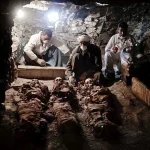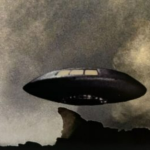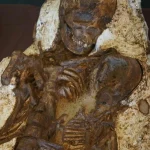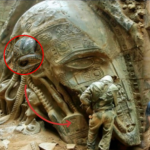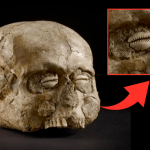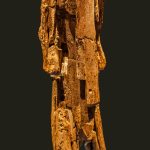Monte Cagnolo Sphinx: Hellenic Tomb Guardian
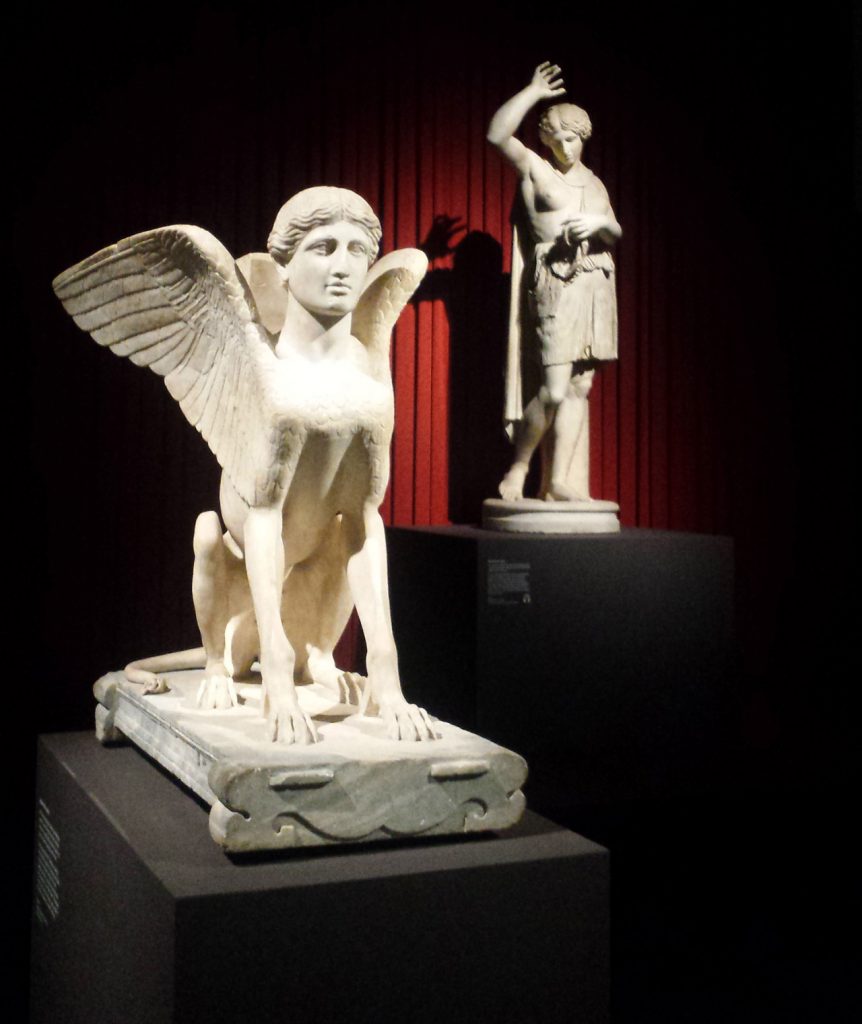
In the rich tapestry of Hellenic mythology, the sphinx occupies a unique and enigmatic role. With the head of a woman, the body of a lion, and the wings of an eagle, the sphinx embodies a mysterious fusion of human and animal attributes. Among the most famous of these mythical creatures is the Thebes sphinx, renowned for its role as a guardian and enforcer of riddles.
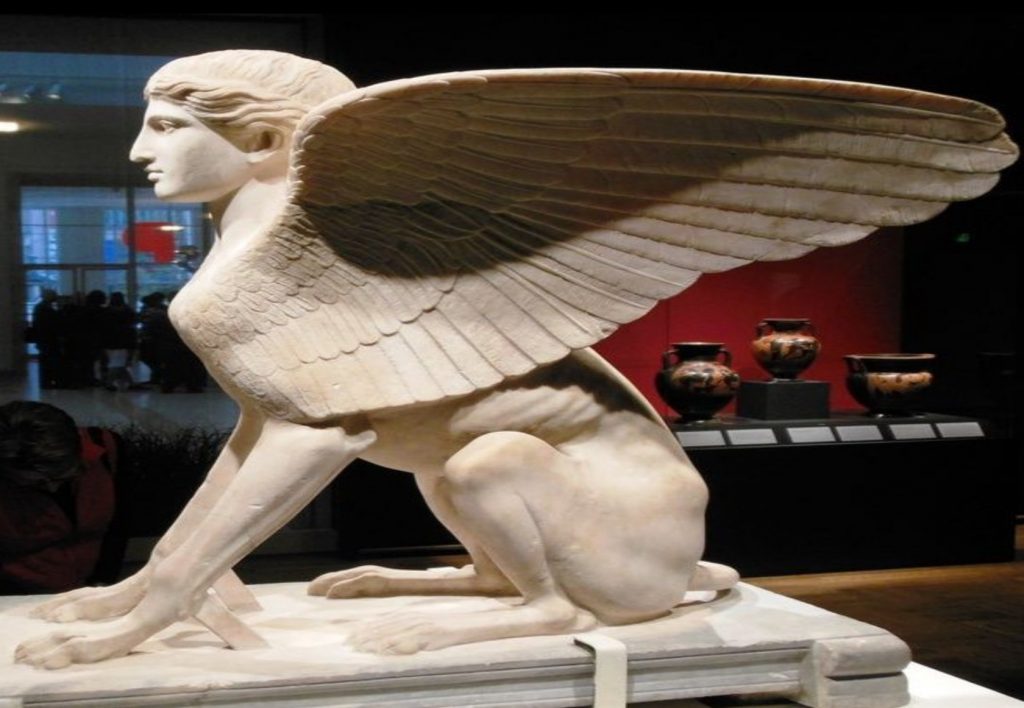
The legend of the sphinx traces its origins back to ancient Greece, where it served as a symbol of wisdom, strength, and divine power. According to myth, the sphinx resided near the city of Thebes, perched upon a rocky outcrop overlooking the road to Delphi. There, it posed a riddle to all who passed by, offering salvation to those who could answer correctly and death to those who failed.
The riddle of the sphinx, famously recounted in Sophocles’ tragedy “Oedipus Rex,” remains one of the most enduring puzzles in literature: “What creature walks on four legs in the morning, two legs at noon, and three legs in the evening?” It is Oedipus, the hero of the story, who ultimately solves the riddle by answering, “Man,” thus revealing the truth of human mortality.
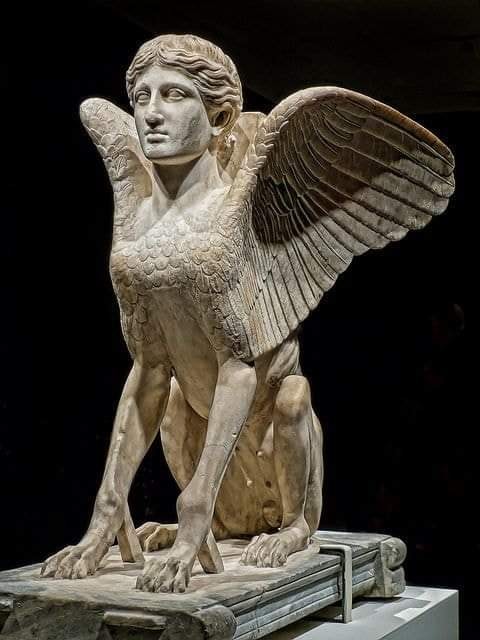
Beyond its role in myth and literature, the sphinx also held significance in ancient funerary practices. Sphinxes were often depicted on grave markers and tombstones as guardians of the deceased, protecting the souls of the departed from malevolent forces and guiding them safely into the afterlife. Their presence served as a symbol of protection and reassurance, offering solace to the grieving and comfort to the departed.
One such example of a sphinx tomb marker was discovered at Monte Cagnolo, located outside Lanuvium, near Rome. Dated to around AD 120–140, this archaeological find provides valuable insight into the widespread cultural influence of Hellenic mythology during the Roman period. The sphinx of Monte Cagnolo, with its striking combination of human and animal features, serves as a tangible link to the ancient past, reminding us of the enduring power of myth and symbolism.
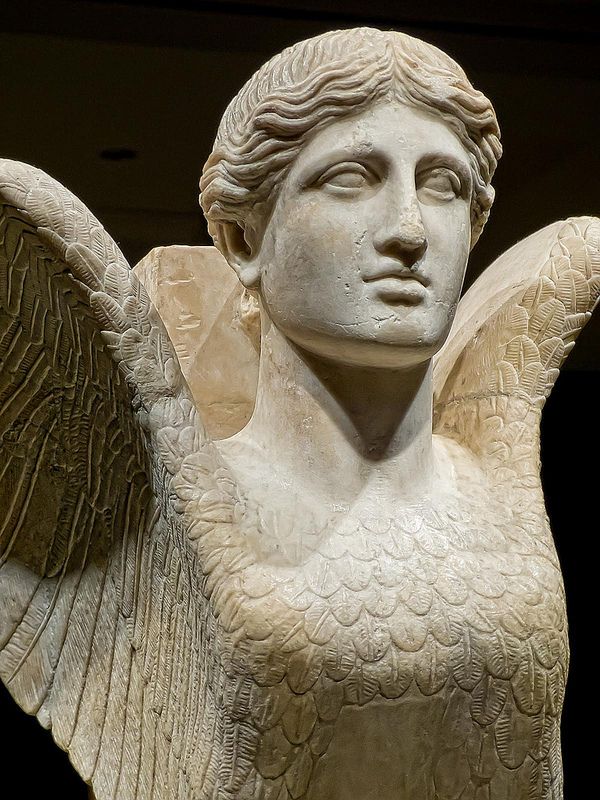
The discovery of the sphinx tomb marker at Monte Cagnolo offers a glimpse into the funerary practices of the Roman world and the ways in which ancient cultures sought to honor and commemorate the dead. It speaks to the universal human desire to confront the mysteries of death and to find solace in the presence of mythological guardians.
As we reflect on the significance of the Thebes sphinx and its representation at Monte Cagnolo, we are reminded of the timeless themes of mortality, remembrance, and the enduring power of myth to transcend the boundaries of time and culture. The sphinx, with its enigmatic gaze and timeless wisdom, continues to captivate and inspire, inviting us to ponder the mysteries of existence and the journey of the soul.
